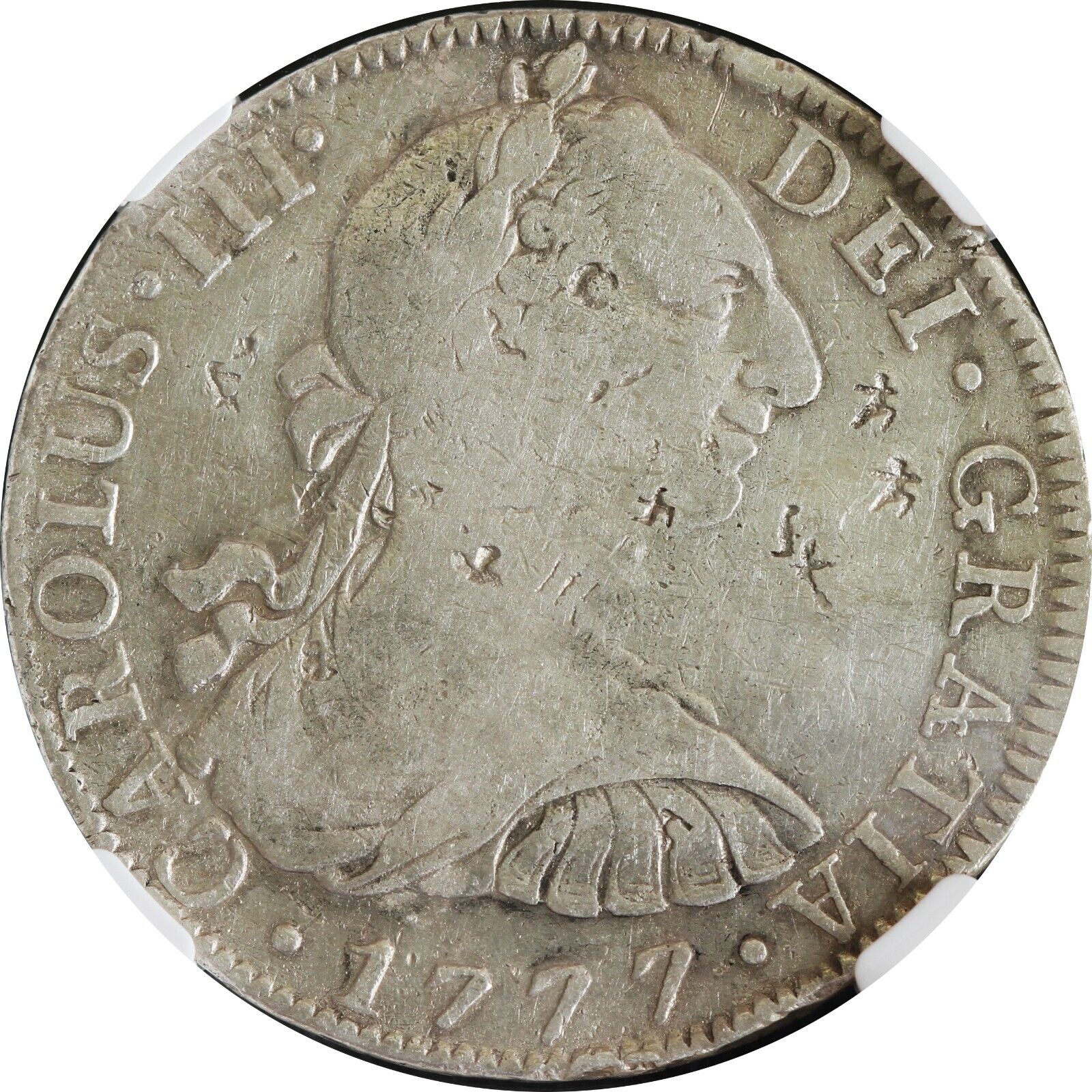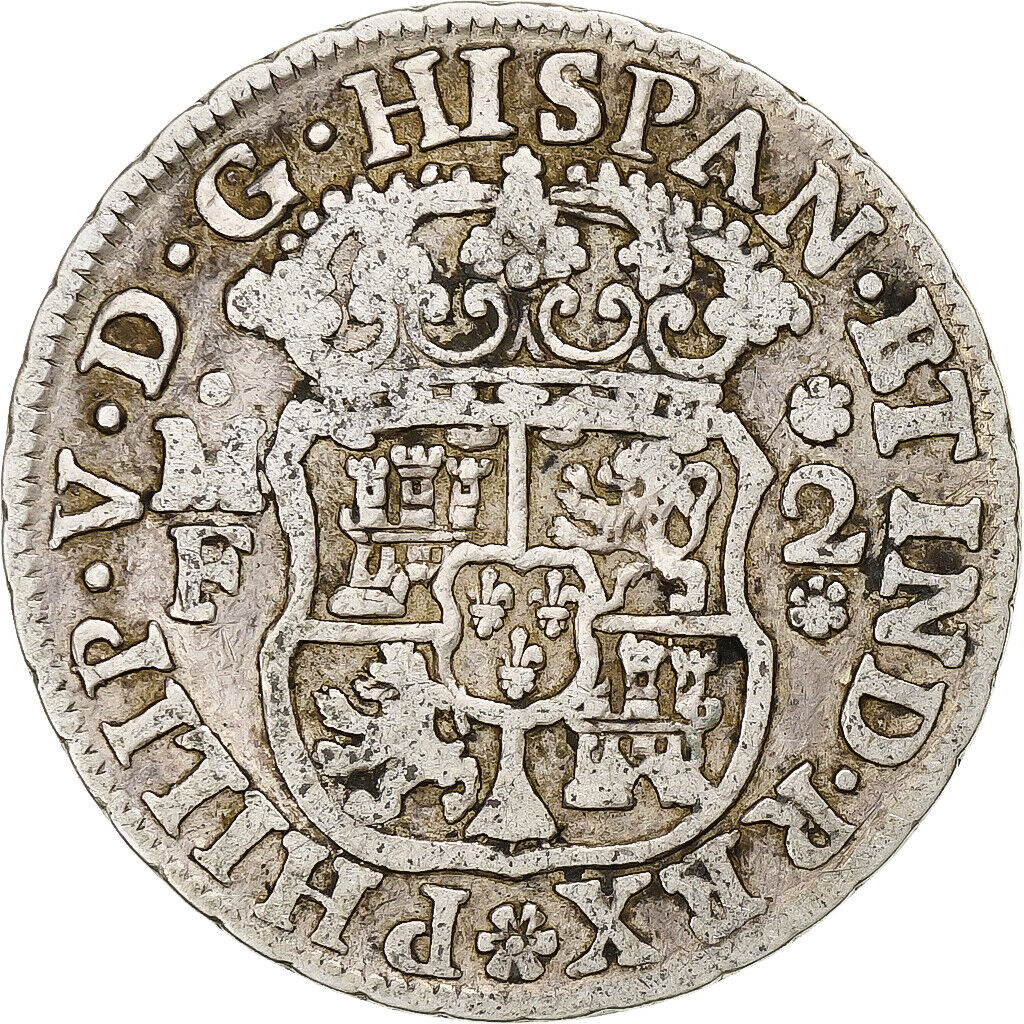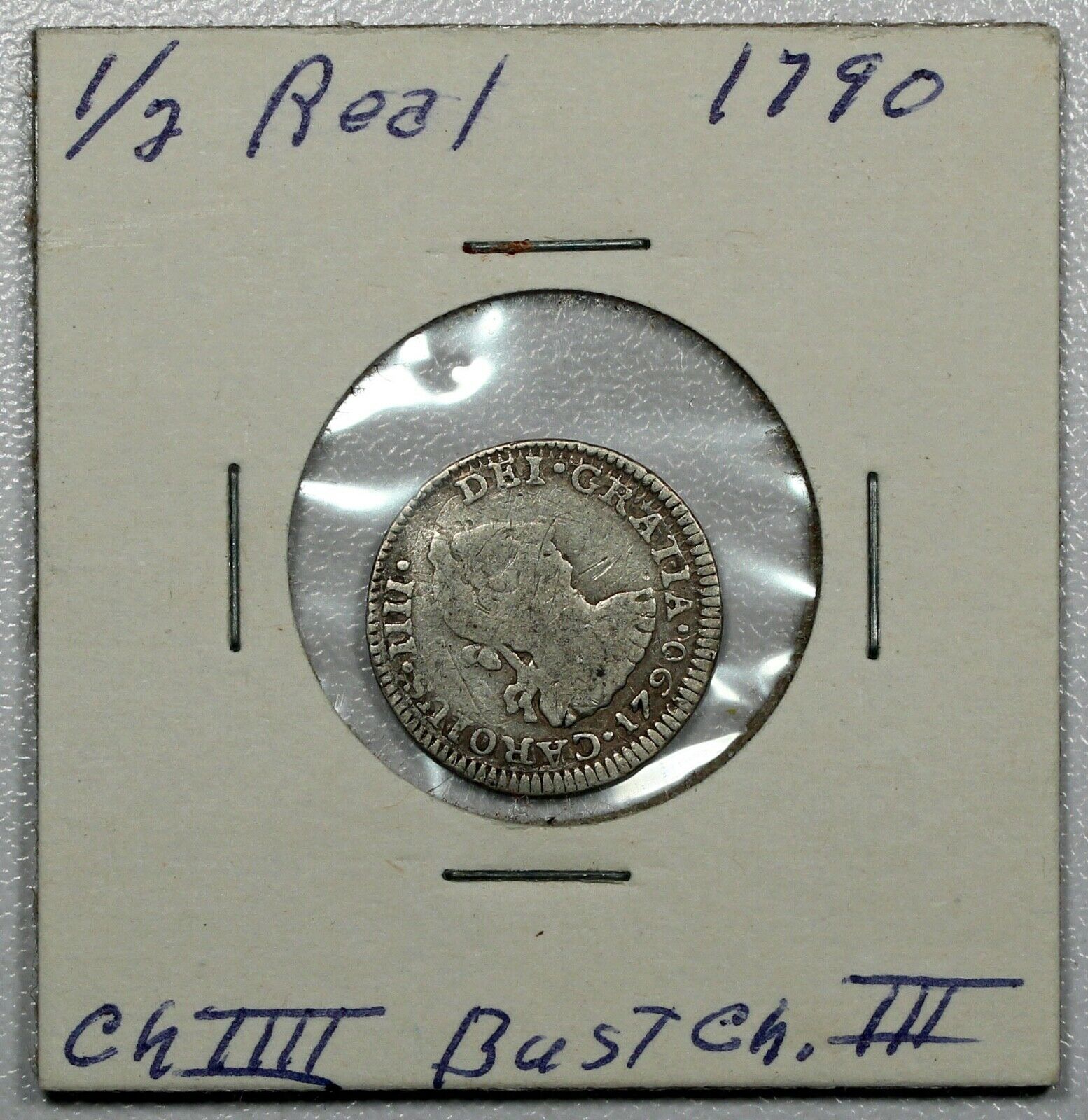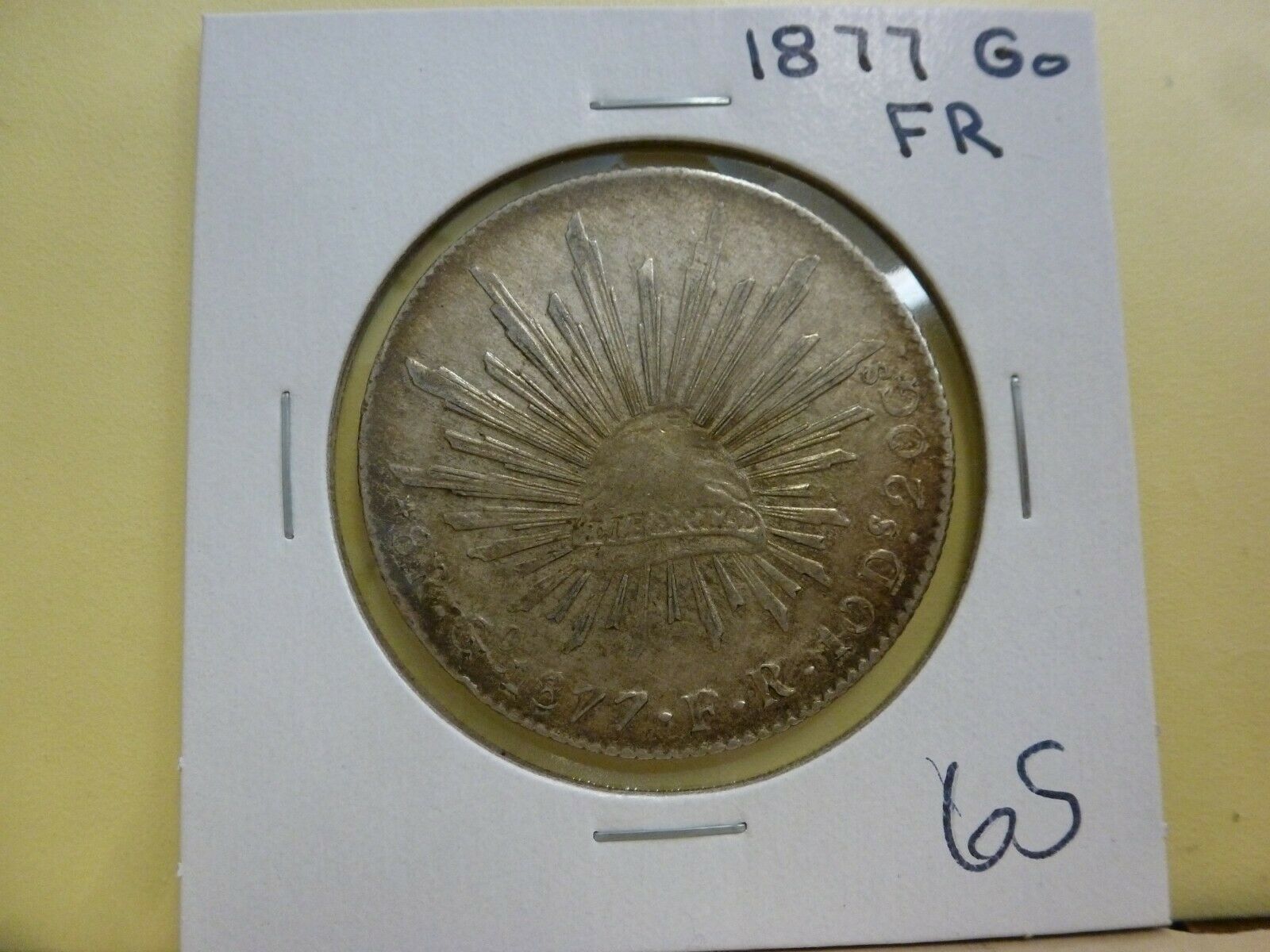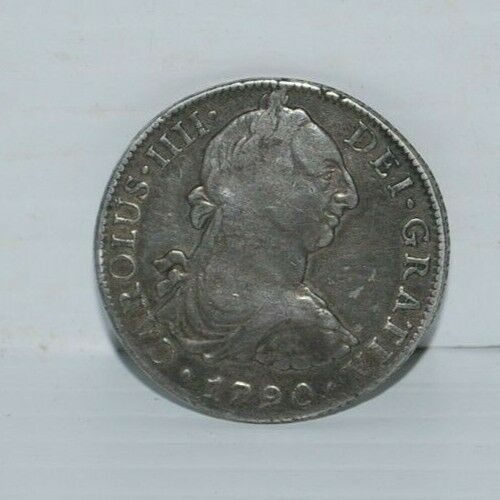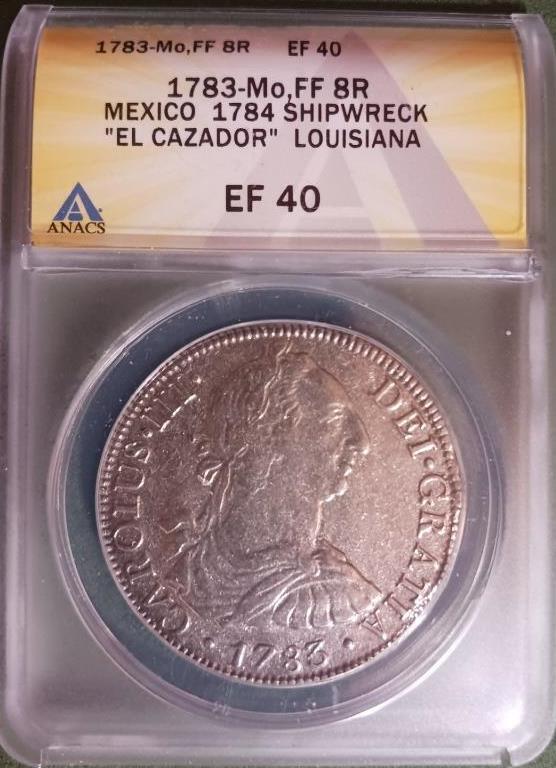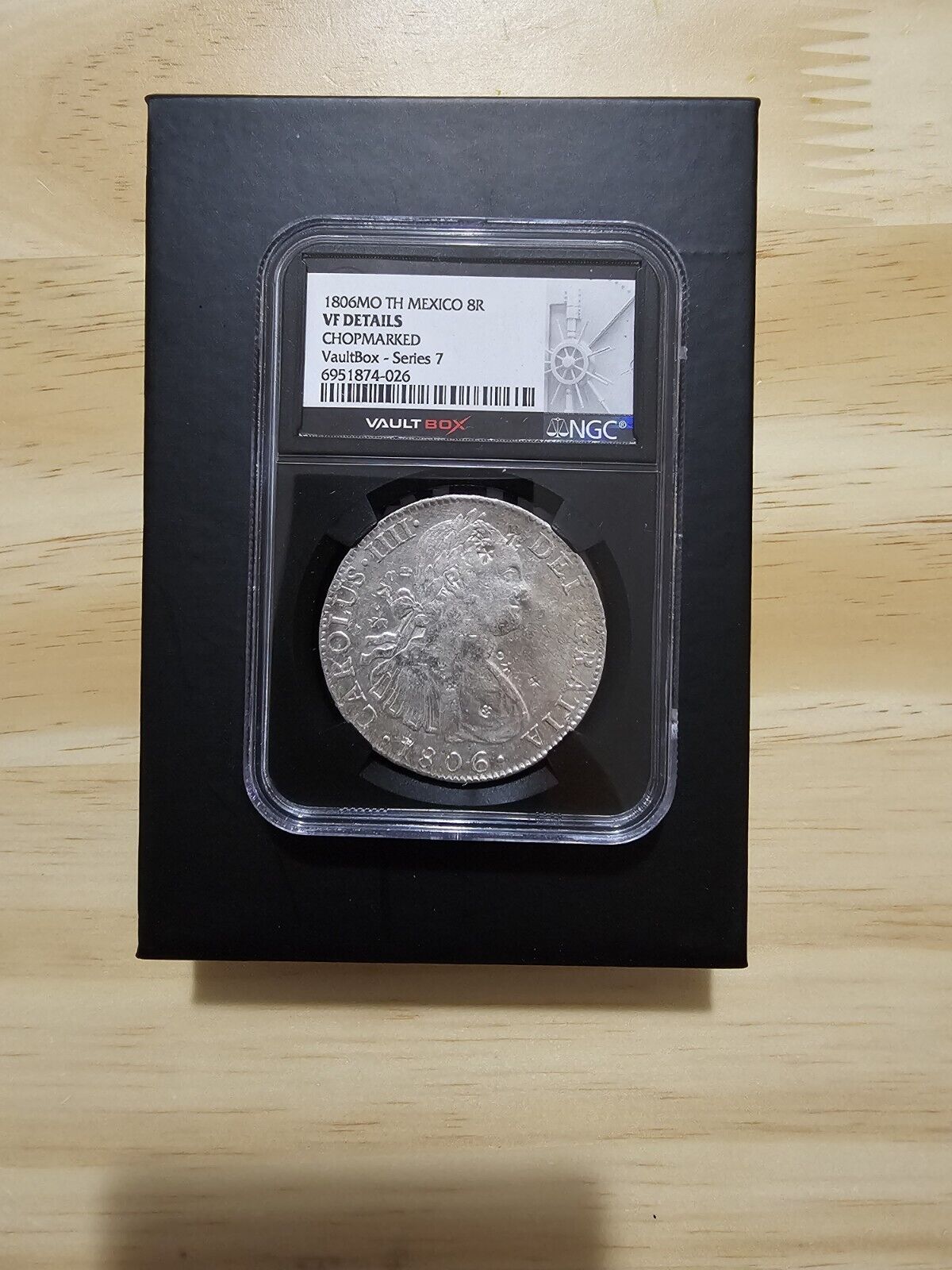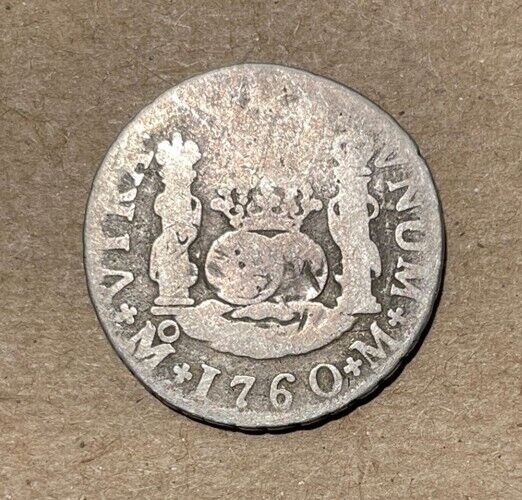-40%
Shipwreck Vleigenthart (Flying Hart) Spanish Treasure Coin Authentic Pendant 8R
$ 421.87
- Description
- Size Guide
Description
Shipwreck condition. The genuine coin pictured is the one you will receive and it is set into a handcrafted sterling silver pendant bezel. Your purchase will include the Certificate of Authenticity, a velvet treasure pouch, polishing cloth, and gift box."Vliegenthart" Shipwreck
On 3rd February, 1735, The Dutch East Indiaman
Vliegenthart
(Flying Hart) left the southern Netherlands port of Rammekens in company with another Indiaman, the
Anna Catherina
, richly laden with money and goods for trading in the East Indies. They were accompanied by a pilot boat,
Mercurius,
whose orders were to steer the ve
ss
els through the treacherous sand banks of the Schelde and to stay with them until they reached open water and the Isle of Wight. Within hours both ships were sunk. The
Anna Catherina
beaten to pieces on a sand flat, the
Vliegenthart
, having slipped off a sand bank but holed, went down in deeper water. The sinkings were almost certainly due to pilot error, as the ships should have been in open water before darkness. Everyone of the 461 sailors perished.
Salvage attempts were made under contracts with the Dutch East India Company (VOC) by English divers, principally William Evens, a Londoner; but these were not successful, only a few guns, bottles of wine, pieces of rigging, and four silver coins were recovered. Captain Evans would have used his diving barrel made of wood with copper rings, but the divers retired after one season in 1736, and there both ships remained undiscovered until recently. No other attempts at salvage are known.
Late in 1981 the wreck was discovered in a very dangerous condition, buried in mud and covered in entrapping fishing nets embedded in the wreck's remains. Since the discovery, a team of divers with archaeological direction has been surveying the wreck site and excavating part of it, despite the dangerous conditions.







